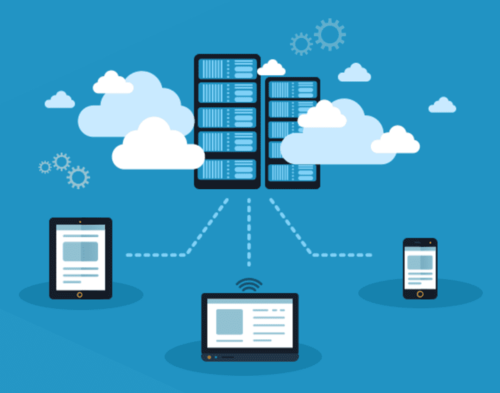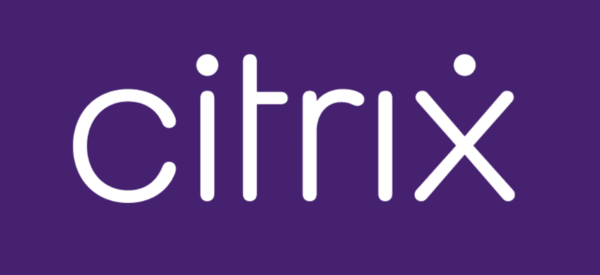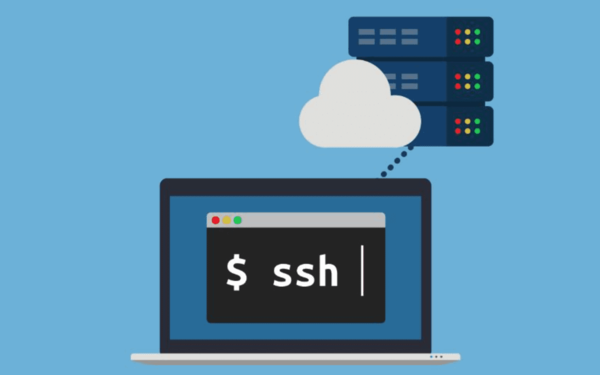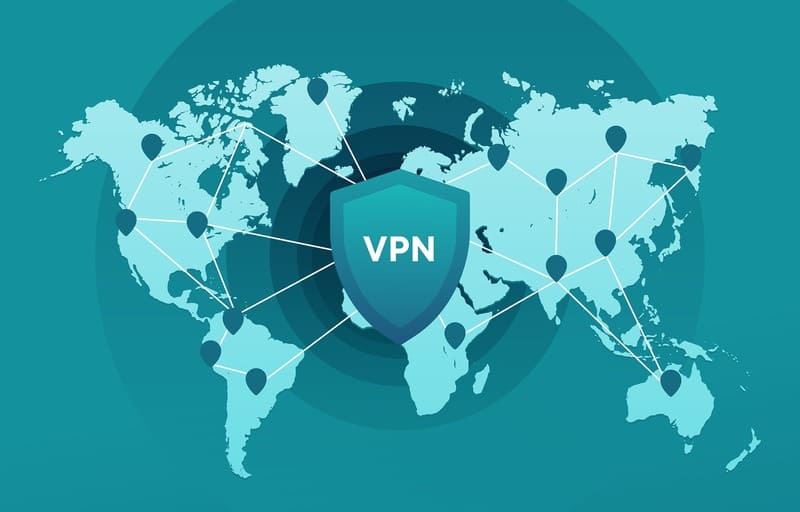Detailed Guide to Microsoft Remote Desktop Protocol
What is Remote Desktop Protocol (RDP)?
Remote Desktop Protocol is a powerful tool that allows users to remotely access other computers from afar providing the same level of functionality and control as if they were operating them locally. It was developed by Microsoft as a proprietary protocol, enabling remote access to other computers. This connection is usually established via remote desktop TCP port 3389.
RDP allows different types of users (from enterprise-level businesses to single individuals) to access and control a distant machine/hardware device over encrypted channels. Network administrators and tech support pros often utilize RDP to troubleshoot system problems, log in to servers, manage setting configuration, and handle numerous other tasks remotely.
Examples of useful RDP implementation include work-from-home or traveling team infrastructures that require access to their work machines, or admins providing system maintenance (be it RDP for macOS, Unix systems, Windows, iOS, etc.).
Remote Desktop Protocol is an extension of the T-120 protocol standards line. A protocol with multichannel capabilities is capable of creating individual virtual channels that transmit the following data:
- • Presentation data
- • Serial device communication
- • Licensing information
- • Highly encrypted data (like keyboard and mouse activity)
RDP is an adjunct of the core T.Share protocol and numerous options are built-in to Remote Desktop Protocol. One such example being architectural features that enable multiparty sessions (often referred to as “Multipoint”.)
How does RDP work?

Remote Desktop Protocol offers remote access capabilities via the dedicated network channel. RDP-enabled apps or services package data being transmitted, and Microsoft Communications Service directs the data to the RDP channel. After that, the operating system encrypts the data, adding it to a frame that can be transmitted.
The Terminal Server Device Redirector Driver manages all activity within Remote Desktop Protocol. This kernel driver is composed of subcomponents like the RDP driver handling UIs (User Interfaces), data transfers, compressions, encryption, and framing.
The transport driver manages the protocol packaging, enabling it to be sent over the TCP/IP network.
Note: By default, all communication conducted during RDP sessions is encrypted with RC4 Block Cipher (by RSA).
How to use Remote Desktop Protocol
Now we will discuss how to set up Remote Desktop Protocol. The computer making the connection request must run RDP client software (Remote Desktop Connection), whereas the desktop receiving the connection request must run RDP server software. The latter software is called Remote Desktop Session Host (RDSH.) This tool allows devices with less powerful configurations to access/run full-featured programs as if they were installed directly on the machine local to the RDSH.
Most communication taking place between the connecting device and Remote Desktop Session Host transmits from the RDHS to the client device.
Note: Multiple/simultaneous remote sessions into a server are possible with RDP protocols.
All Windows OS computers have RDP server software installed by default, allowing them to accept connection requests without issue. However, the Remote Desktop Protocol client software (RDC), is only available to Windows Pro (and higher) users.
For example, Windows Home users will need to upgrade to Windows Pro (or a higher) to use Remote Desktop Connection (RDC).
Note: One way to circumvent upgrade costs is to try out alternative RDP client software options.
Remote Desktop Connection is one out of three client components of Microsoft’s Remote Desktop Services (RDS) thin-client architecture. RDS permits remote client machines (supported by Remote Desktop Protocol) to connect with Windows (or another OS running RDS).
The two additional client components of Microsoft Remote Desktop Services are called Windows Remote Assistance and Fast User Switching.
Aside from Remote Desktop Connections, remote desktop clients are available for Linux, Unix, macOS, iOS, Android, and other platforms. The existing variety of remote desktop software on the market (like RealVNC, TeamViewer, and so many more) allows users to control remote workstations, or run virtual machines (VMs) with almost any device from anywhere on earth.
What can you do with Remote Desktop Protocol?

RDP is an interoperable protocol that establishes secure connections between servers, clients, and VMs. This means RDP helps protect remote connections from many data security risks. RDP also supports numerous Windows operating systems and devices, offering powerful physical security via remote data storage.
Below are some notable RDP features:
- • Smart card authentication
- • Bandwidth reduction
- • Multiple display capabilities
- • Temporarily disconnect without logging off
- • Support for RemoteFX virtualized GPU (Graphics Processing Unit)
- • 128-bit (RC4) encryption to protect against mouse/keyboard data vulnerability
- • Audio redirection from local desktops to client computers
- • Local file redirection to client desktops
- • Remote printing capabilities (print to a local printer from a remote computer)
- • Apps can access local ports during remote sessions
- • Clipboard sharing between server and client machines
- • Run apps from a remote desktop on a local desktop
- • Transport Layer Security support
- • RemoteApp improvements
- • Fast connection support
- • Session shadowing support
RDP supports up to 64,000 independent channels for data transmission. Data can be encrypted via 128-bit keys, and the bandwidth reduction feature optimizes data transfer rates on low-speed connections.
Remote Desktop Protocol pros and cons
Using Remote Desktop Protocol provides numerous advantages, as well as disadvantages. Below we’ll cover the pros and cons of RDP.
RDP advantages include: | RDP disadvantages include: |
Data security on devices (unlike when using cloud servers or alternative, less-secure devices); | Potential latency issues for remote employees with slow/poor internet connection; |
Doesn’t require VPN; | RDP security concerns (like susceptibility to computer worms, BlueKeep, malware, and hash attacks, meaning it’s not ideal for long-term use). |
Enables remote work options for companies with legacy on-premises IT infrastructure. |
Generally, RDP is a fantastic and convenient tool for remote work access/management, especially for organizations implementing on-premises IT setups.
Alternatives to Remote Desktop Protocol
RDP is the most commonly used protocol for remote desktop access/control. However, remote access software tools can function via many different protocol options, like ICA (Independent Computing Architecture), VNC (Virtual Network Computing), and SSH (Secure Shell).
Citrix Independent Computing Architecture

Citrix Independent Computing Architecture (Citrix ICA) is a proprietary protocol for application server systems. Developed by Citrix systems, Citrix ICA isn’t restricted to any particular platform, providing specifications for transmitting data between server and client machines. It also includes a server software component, client software component, and network protocol component.
Comparing Citrix and RDP, the latter one is an ideal option for users seeking to publish applications with minimal graphic requirements remotely (abiding they have access to an adequate bandwidth).
On the other hand, many users find that Citrix offers features that are quite similar to Remote Desktop Protocol, but it beats RDP in terms of expedited user experience and overall performance.
Virtual Network Computing

Virtual Network Computing is a cross-platform screen sharing tool developed to control another computer remotely. Meaning a computer’s screen, keyboard, and mouse are operational from a distance (via remote users from a secondary device), but with the same fluidity as if the remote user was physically working on the local computer.
VNC works on a server/client model, and once the server (local machine being accessed remotely) and the viewer (user accessing the local machine from a distance) connect, the server transmits a copy of the remote desktop’s screen to the remote viewer.
Being a pixel-based protocol, VNC transmits image changes over a network, meaning that VNC’s performance vs RDP (which is a semantic protocol) is much slower. At the same time, this makes VNC a better option for cross-platform sharing.
Secure Shell

Due to the demands of a rapidly growing remote workforce, it has become increasingly important to provide secure access to corporate servers from any physical location. Two communication protocols used to securely authenticate access to remote servers are Remote Desktop (RDP) and SSH.
Comparing SSH vs Remote Desktop reveals many similarities as well as some substantial differences. SSH is more secure out of the box and its key pairs are harder to crack than RDP login credentials. Complementary tools such as a VPN are required to fully protect RDP connections.
RDP is easier to use than SSH so is often adopted by organizations that lack technical resources. One feature that RDP offers is a graphical user interface (GUI) that makes it simple for novice computer users to navigate.
VPN – making RDP even better

Most users assume that RDP and VPN are (almost) the same thing. This is usually because both tools provide users with a safe and secure remote access experience. However, that’s not quite true.
Virtual Private Networks utilize highly-advanced tunneling and encryption methods that establish secure internet connections amongst users and their network. This means that business networks can connect to one another, allowing remote workers to access important data (files, programs, etc) without fear of unauthorized users gaining access.
While the latest versions of RDP provide vastly enhanced security protocols, it is the best practice to use RDP and VPN together as this combination ensures maximum and security when accessing the computers and server remotely.
Summing Up
We hope this remote desktop explanation has provided you with a great deal more insight not only into what RDP is but why it’s such a valuable tool for anyone to implement.
For many businesses trying to adjust in the post-COVID era, reliable remote access tools are requirements as much as they are conveniences.